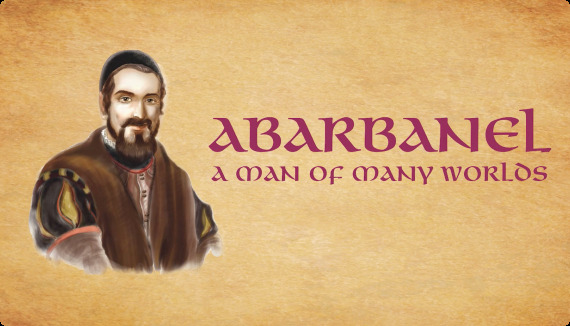Almost the entire Torah reading of this week concerns itself in great detail with the garments of Aharon and his descendants as they performed their duties first in the Mishkan/Tabernacle and later in the Temple in Jerusalem. The obvious question is why should the Torah devote so much space and detail to such a technical matter. Of what major significance is what those garments looked like and of what materials they were manufactured?
I have written about this in previous years but I now have a different insight into the matter, which I wish to share with you. While here in the United States, my visit coincided with the Super Bowl football game, which dominated the attention of three hundred million people. This game is an industry unto itself, generating billions of dollars to all sorts of businesses which are somehow connected collaterally to the actual game.
One of the major streams of this collateral revenue is the sale of the uniform jerseys of the teams that participated in the championship game. Now, logically speaking , why should anyone be willing to pay an exorbitant price to wear a uniform jersey with the logo of a team that one does not belong to and the name of some other individual who is a complete stranger to the wearer? Yet, such is the nature of human beings. It is an urge to identify with something or someone greater than the average individual. And clothing is the easiest avenue for such vicarious identification.
The Torah recognizes this when it describes the garments of Aharon and his descendants as garments of “honor and glory.” Honor and glory are usually ascribed as being descriptive of the feelings and status of the wearer of these glorious garments.
However, it can also be interpreted as to how the ordinary Jew responds when he or she sees the High Priest in his holy uniform. They feel honored and glorious, part of a great faith with heroic leaders, identified with the vision and promise of Sinai.
For noble people, the detailed description of the clothing and the garments only serves to heighten this feeling of identification with something greater and more triumphant. Added to this is the generational benefit that the garments are always the same for centuries on end.
The grandfather and the grandchild have the same feeling of self-pride and spiritual identification. This feeling of belonging to the Jewish people, to its faith, past and future, is the key to Jewish survival over the centuries. And, the consistent moral standards of the Torah correspond somehow to the unchanging description of the holy garments of the priesthood of the Jewish people.
It is fascinating to note that the older the sports jersey is, the closer to the original design and fabric, the more valuable the item is to people. Well, in a much more exalted fashion, the same is true regarding the priestly garments. The original Torah is the one of eternal worth and generational value.
Shabbat shalom
Rabbi Berel Wein



